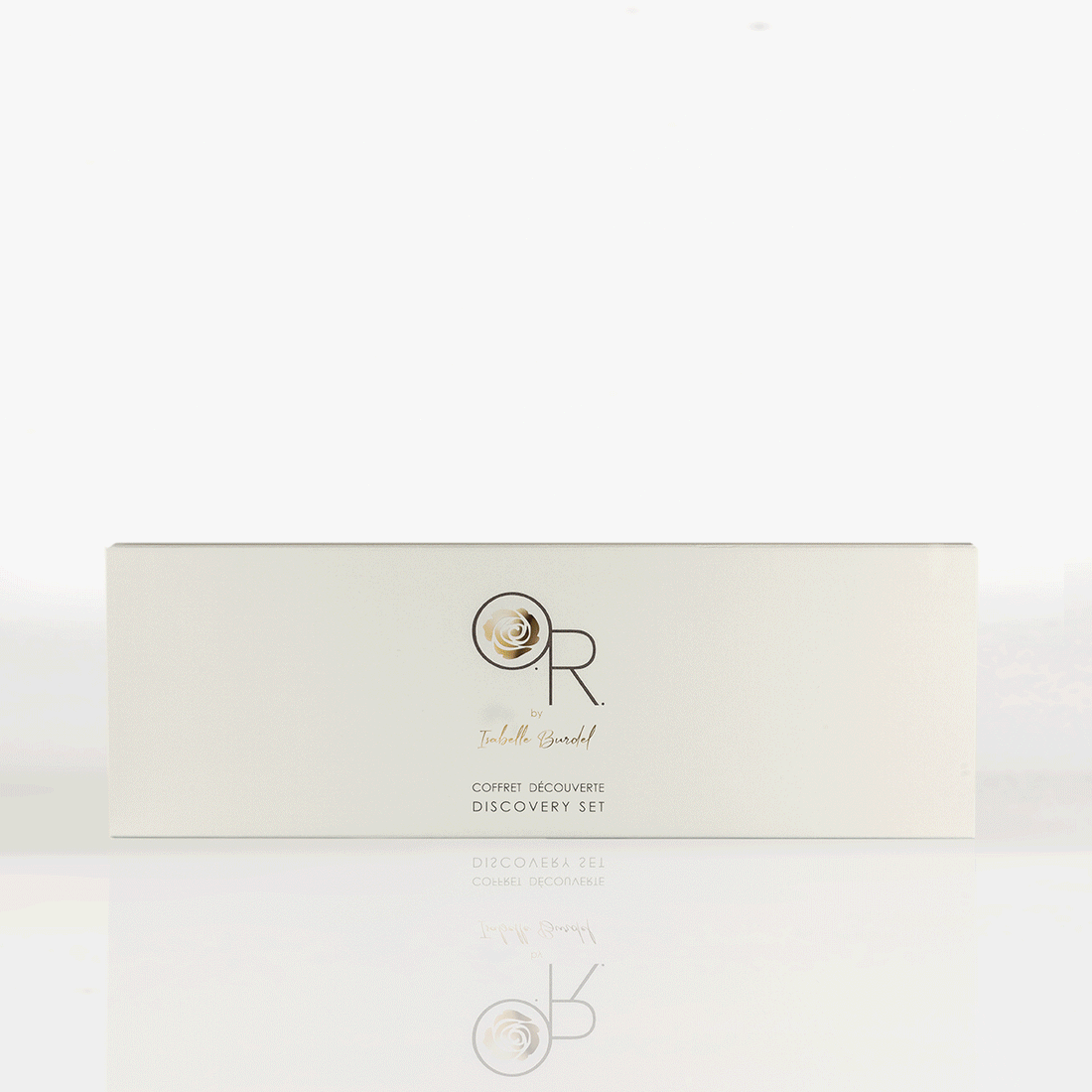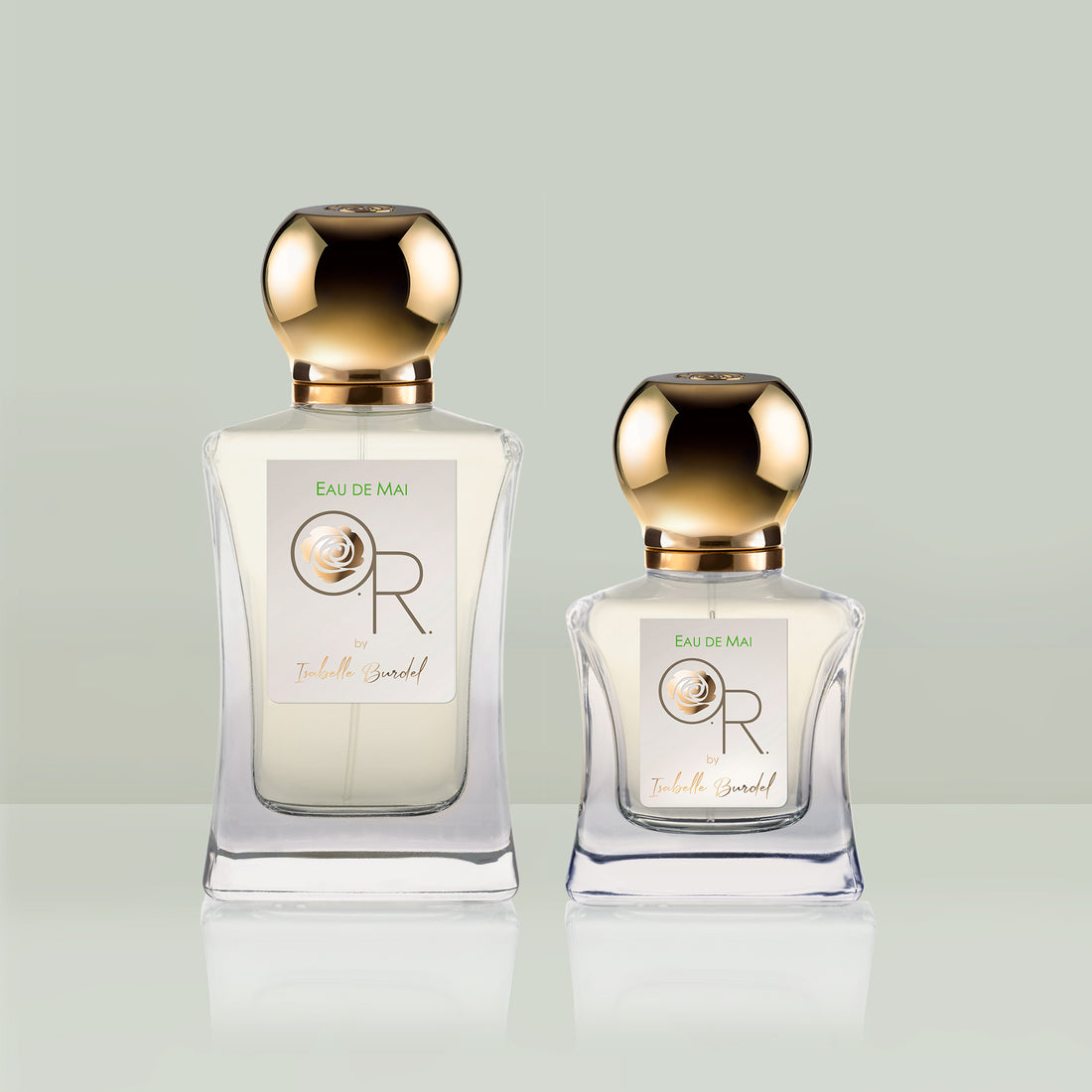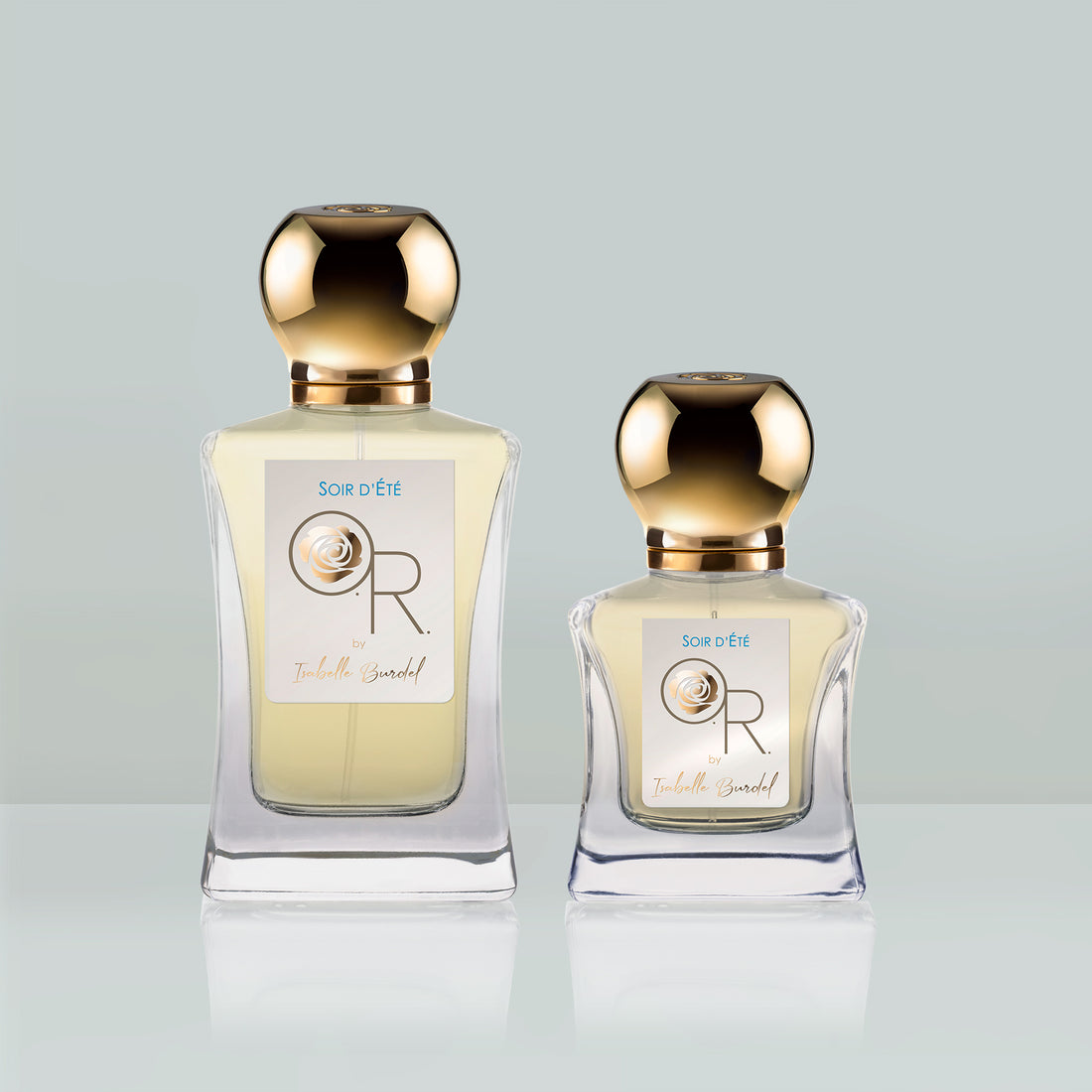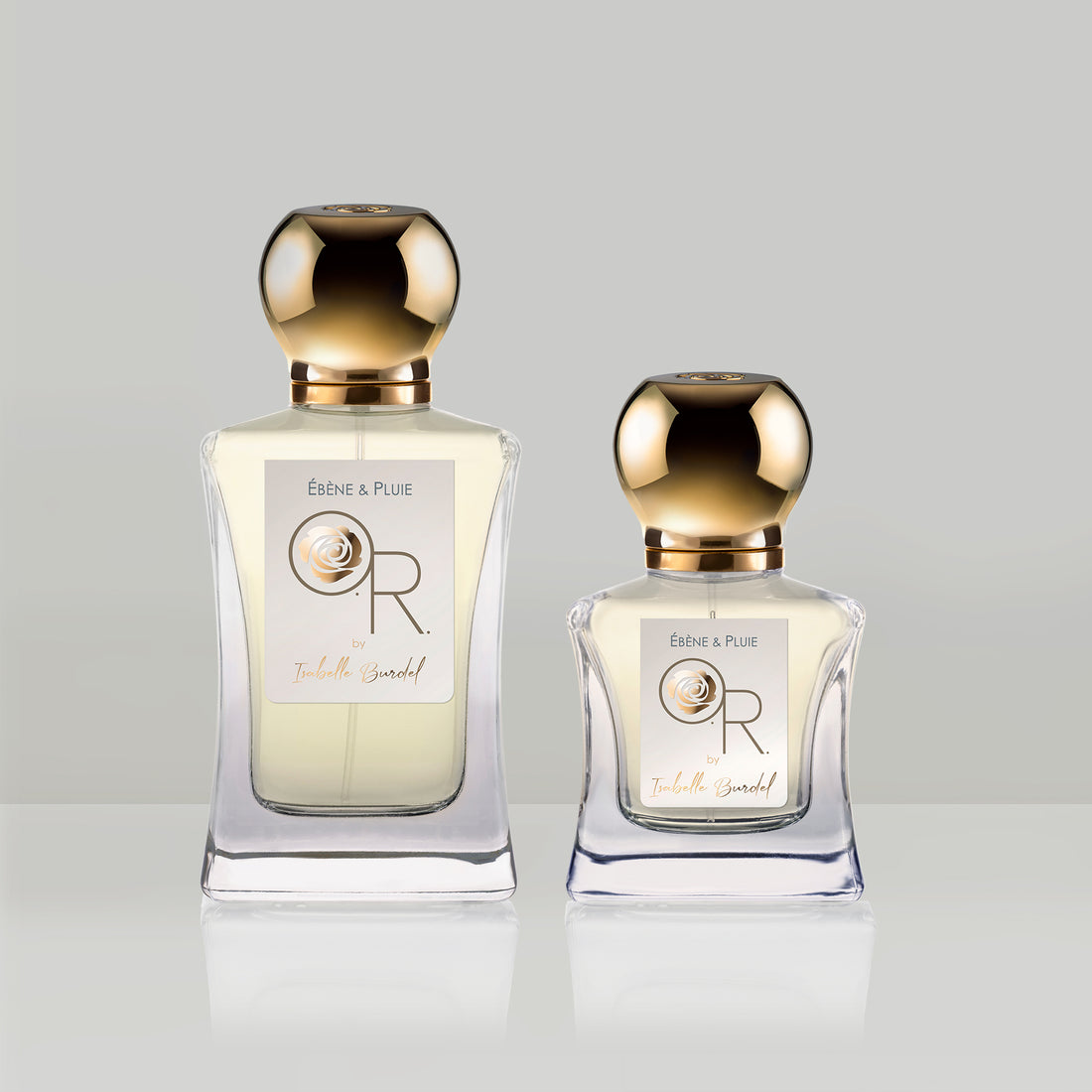Anyone with a keen or passing interest in fragrance has at least once heard of Grasse, this small town in the Alpes-Maritimes in France, now regarded as the cradle of French, and even international, perfumery. But where does this unique link between local expertise and a global industry come from? What is the history of this place that has become almost inseparable from such a distinctive know-how?
To better understand the ins and outs of this olfactory town, a bit of history is necessary.
Grasse, France, before perfumery
The perfumery of Grasse did not arise out of nowhere; it directly stems from the strong presence of a trade in the town since the end of the Middle Ages: tanning. At that time, the main economic hub in Europe was Venice, located at the crossroads of the Holy Roman Empire, the Byzantine Empire, and the Muslim world. Grasse was then a small town that had freed itself from serfdom and the feudal system by appointing its own consuls to represent and manage it daily. This relative autonomy allowed it to embark on commercial activity and sign economic agreements with cities like Genoa or Venice. This is where the tanning activity began, producing hides that, along with other products, were exported to what was not yet Italy.
Grasse thus specialized in this activity for several centuries, during which it officially joined the Kingdom of France in 1482 and made significant technical progress in the field of tanning. Grasse's leathers gained a reputation for high quality, but a recurring problem arose: the leathers smelled bad, as tanning methods could involve urine and excrement (animal and even human), which displeased the nobility who wore gloves made from this material.
It was then that a tanner from Grasse named Galimard had the idea of creating scented leather gloves in "scent baths" (rose water, spices), using the so-called "oriental" method brought by the Saracens and Moors from North Africa. He may not have realized it immediately, but this artisan had just changed the face of Grasse, and even more.
The birth of Grasse perfumery
The famous Galimard took the initiative to present a pair of scented gloves to none other than Catherine de Medicis (who would be Queen of France from 1547 to 1559), who, unsurprisingly, was enchanted by the gift. From then on, all tanners treated their hides with plants, notably through enfleurage (absorption of essences by a fatty substance), and the scented glove spread to the Court and aristocratic circles. The town had found a new expertise: Grasse perfume, outshining Montpellier, which had previously been the specialist (creating ointments, etc.).
In the 17th century, Grasse perfumes became the town's main activity due to the decline of the leather industry, a result of increased taxes and fierce competition. It must be said that the territory of Grasse and its surroundings is particularly suited to this new profession: a multitude of perfumed plants grow there (bitter orange, lavender, lentisk, myrtle, cassie...) and the climate for cultivating them is perfect (altitude, humidity, sunlight...). Farmers distill their own plants and sell the essences to supplement their income.
The range of perfumed plants in Grasse expanded with the importation of species from more distant origins. Thus, tuberose, jasmine, and rose, coming from Italy and even India, made their entrance into the town, which would now be known as "the perfume capital."
Perfumes of Grasse, France : development and peak
Following the Industrial Revolution, and after a few decades of development, the cultivation of perfumed plants in Grasse transformed and grew dramatically. The early 20th century was essentially the peak of Grasse perfumery, with international prominence. Synthetic molecules had appeared, but the use of naturals was still predominant. Some Grasse industrialists opened factories that handled both the processing of plants and the essences or concretes already extracted, on-site.
The 1960s saw large international chemical groups acquiring Grasse factories. Their synthetic aromas offered perfumers an increasingly rich and varied palette and very attractive prices that were highly successful, often at the expense of natural products…
Grasse perfumery today
This period thus forced Grasse to start reinventing itself and to compensate for its decline as a producer with a heritage reinforcement throughout the late 20th century.
From thousands of tons of flowers treated a century ago, only a few dozen tons are exploited in the 21st century, mainly jasmine, rose, tuberose, violet leaf, and mimosa.
At the beginning of the 21st century, perfumery remains the main industrial hub of Grasse. About 3,500 people are employed in around sixty companies, and 10,000 people live more or less directly from perfume - over 20% of the population, with the town having fewer than 50,000 inhabitants.
Despite reduced production, the know-how of authentic Grasse perfume remains and the town is now trying to preserve this expertise and its iconic image.
The perfumed plants of Grasse
It is easy to assert that the heritage of Grasse perfumery relies on three components of this activity: the cultivation of perfumed plants, the extraction of their essences, and the creation of the perfumes themselves.
Regarding the plants, there is a great diversity of species of trees, flowers, and herbs whose fragrant compounds can be extracted in various ways.
-
The bitter orange tree is a generous tree that offers the perfume industry its fruit (the bitter orange), its flowers (which produce neroli essence, orange blossom absolute, and orange flower water), and finally its branches (from which petitgrain essence results). While the zest of the fruit is cold-pressed, the flower is either distilled to obtain neroli or extracted with a solvent for the absolute. The branches are also distilled in the now-famous stills.
-
Lavender, with its purple and blue hues spreading across fields as far as the eye can see, can be either distilled or extracted with a solvent. The perfumer thus has the choice between lavender essence and absolute.
-
Myrtle, a lesser-known shrub, has leaves and stems that are distilled to obtain an essence with an aromatic, balsamic, and camphor-like scent, useful in many masculine compositions.
-
Jasmine, specifically the Grandiflorum variety, is among the perfumed plants imported to the 17th century to enhance Grasse’s perfumery activity. It used to require significant labor a few decades ago: the flowers had to be hand-picked at dawn, when their fragrance is most developed, to be treated immediately by distillation or solvent extraction. With its inimitable and opulent fragrance, it has become so emblematic that it is now called "the flower" in Grasse.
-
The rose cultivated today in Grasse is the Centifolia variety. Also known as Rose de Mai, it is the result of a mutation of another species from Asia Minor, Rosa Gallica, and is extracted by distillation or solvent. Essential in the fields of Grasse, where it benefits from the climate and soil fertility, the rose is present in countless Grasse perfumes.
-
Mimosa (and the cassie flower, its cousin) is recognizable from afar thanks to its pom-poms, coloring the French Riviera with its bright yellow. Originally from Australia, mimosa has become a symbol of the southeast of France, and it is no surprise to find it in abundance in Grasse. It is used in the composition of floral, powdery, or green notes.
The creation of Grasse perfumes
In addition to benefiting from the cultivation of many perfumed plants and their extraction, the town of Grasse has also built its heritage by contributing to the creation of beautiful, authentic perfumes. The meeting between Ernest Beaux, a perfumer, and Gabrielle Chanel, founder of her fashion house, took place in Grasse, and the legendary perfume that resulted includes a significant amount of Grasse jasmine and rose.
This is just one example among many that shows the town did not rest on the cultivation or extraction of plants but also developed true centers of creation.
Today, many perfume houses are present in Grasse, from global leaders (dsm-Firmenich, IFF-LMR) to smaller companies (Robertet, Expressions Parfumées), not forgetting the historical Grasse perfume manufacturers (Molinard, Fragonard, etc.) and numerous independent perfumers, such as Isabelle Burdel, founder of the Olfactory Revelation house.
In this city of heritage, which despite economic fluctuations has managed to reinvent itself while preserving its history and know-how, all the ingredients are gathered to imagine, create, manufacture, and produce authentic Grasse perfume.
In love with this city rich in its history and generous with the fruits of its land, Isabelle Burdel reflects all its beauty and benevolence through creations signed and rich in local raw materials, faithful to the iconic reputation of Grasse perfumery.






